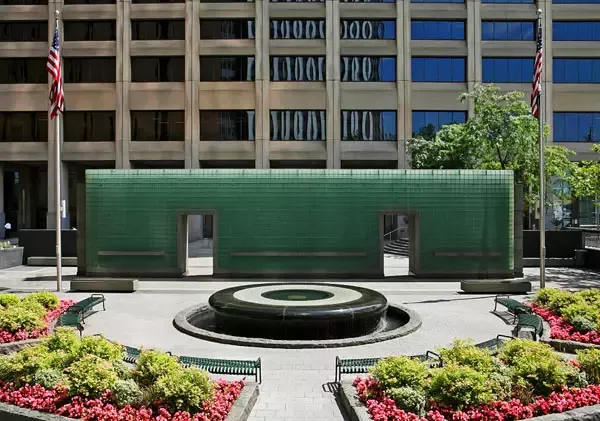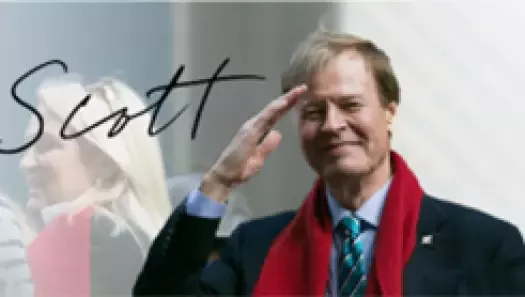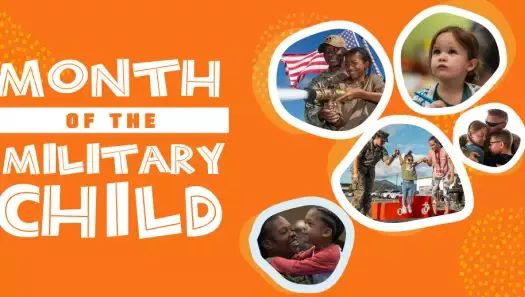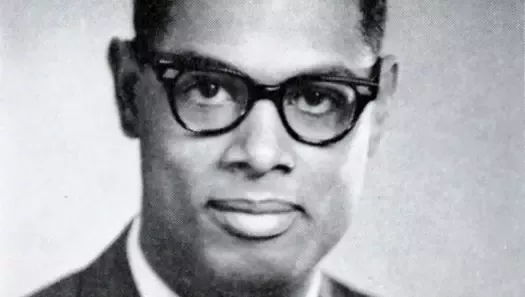Military & Veterans Life
The Heritage of Veterans Advantage: Part 3, Building The New York Vietnam Veterans Memorial
WeSalute (founded as Veterans Advantage)

Shortly after Scott Higgin's return from Vietnam, New York City Mayor Edward I. Koch, (a WWII veteran) asked him to volunteer to lead a Mayor’s Task Force on New York Vietnam Veterans. The Mayor's objective for the Task Force was to recommend to City Hall what could be done to right what the Mayor believed to be a terrible wrong—the failure to recognize and honor the men and women, in this case, the New Yorkers, who had served and sacrificed in the Vietnam War.
Scott spent the next year leading the Task Force. In September 1982, his group finally completed its work, recommending that New York City establish an official commission to build a physical memorial for its Vietnam Veterans. Their proposal represented an enormous step at a time when even the nation’s capital was struggling to build a Vietnam Veterans Memorial. More than seven years after the official end of the war, the average American citizen, New Yorkers included, just wanted to forget Vietnam. Moreover, there were no public funds available from the City for any memorial.
Against all odds, the proposal was approved. Although busy with a Wall Street career at Lehman Brothers, Scott once again volunteered to head a commission that would oversee raising the funds for the Memorial. Mayor Koch appointed Scott as its Co-Chair, along with now President Donald Trump, of what eventually grew to be a 100-member New York Vietnam Veterans Memorial Commission, known simply as “The Commission.”
The challenge was big as there was no question that emotions surrounding the most unpopular war of our time were still strong. Under Scott’s leadership, the Commission developed a media campaign to raise the public’s awareness of Vietnam Veterans’ service and sacrifice. The campaign theme “It’s Time” – it’s time to separate the politics of war from the warrior—it’s time to simply thank those who had patriotically served their country when called to duty—it’s time to honor those who had sacrificed their lives in service to their country—was unveiled to the New York audience and potential benefactors.
The Commission also began their search for a suitable location and design for the memorial. A site was selected in lower Manhattan, on a plaza one block east of the historic Fraunces Tavern, where George Washington had bidden farewell to his officers at the end of the Revolutionary War, and, coincidentally, directly adjacent to the 55 Water Street building where Scott worked for Lehman Brothers.
The Commission staged an international “blind competition” to settle on a design for the memorial that attracted more than 1,100 entrants from 46 states and six foreign countries. In May 1984, the winning design was unveiled at City Hall. It would be an illuminated wall of glass, a block 16-foot high by 66-foot long, in which excerpts from the letters that servicemen and women wrote home from Vietnam to their families would be etched.
Scott and his Commission members worked hard on a public appeal in the NYC newspaper dailies to get Vietnam soldier's letters from local residents. New Yorkers’ response was overwhelming: over 3,000 letters sent to loved ones from soldiers in Vietnam were delivered. The Commission selected the most moving excerpts from 83 letters, poems, and journal entries written by 65 individuals to be etched into the glass blocks of the memorial.
By the time the New York Vietnam Veterans Memorial was dedicated on the tenth anniversary of the end of the Vietnam War, the Commission had spent almost three years and had raised over three million dollars. This represented more than 12,000 private contributions from New York’s citizens, corporations, foundations, unions, and associations - ranging from 35 cents to a million dollar check from Scott's co-chairman and President Donald Trump
The Memorial was dedicated on the night of May 6, 1985, beneath a New York sky illuminated by fireworks donated by the world-famous Grucci Brothers. It was the largest firework display they had ever performed. The following day, the Commission sponsored a "Welcome Home" parade that marched down the Broadway “Canyon of Heroes” with Mayor Koch, and Scott Higgins and Donald Trump proudly joining him in the lead. It was the largest ticker-tape parade in New York City’s history, as Veterans in their service uniforms flooded in from around the entire nation to march, and one million New Yorkers lined the sidewalks deep, waving flags to cheer them on.
The public message of support was resoundingly clear: it’s never too late to welcome home and thank our soldiers. “It’s Time.” Most notably, the legacy of the Commission lives on today. Scott still receives correspondence from Vietnam Veterans thanking him for his work and leadership.
But there was more excitement to come. Scott and his fellow Commissioners did not know yet that the soldier's letters they received for the Memorial would lead to a best-selling book and HBO Documentary movie.
Continue Reading: The Heritage of Veterans Advantage: Part 4, Dear America the Book and HBO Documentary



